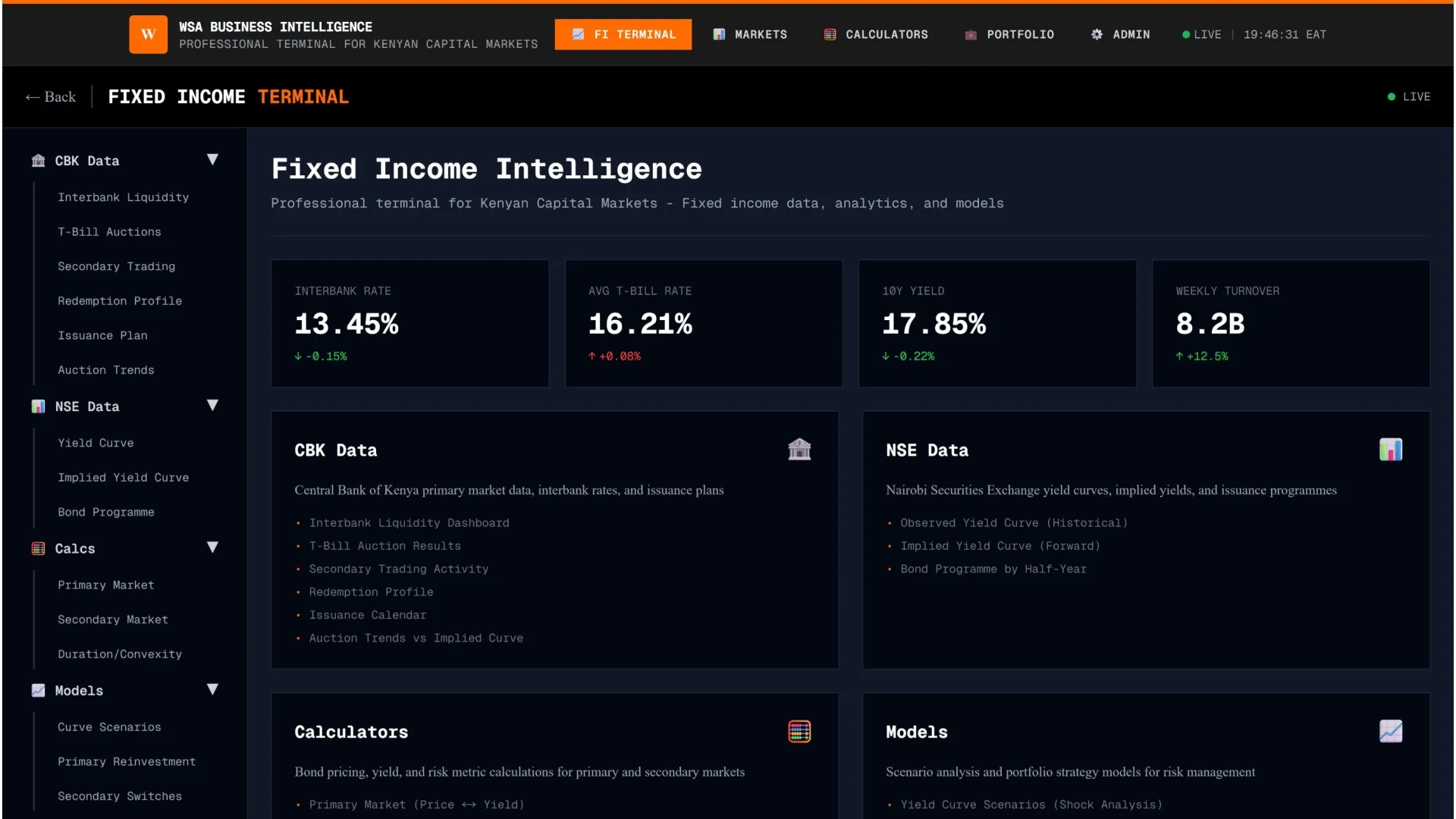The Central Bank of Kenya (CBK) has proposed an overhaul of commercial banking license fees, marking the first review in 33 years.
- •Under the proposed Banking Regulations 2025, the CBK intends to shift to a Gross Annual Revenue (GAR) model, where license fees will be determined based on the gross annual revenue of an institution.
- •The revenue will be determined using the audited financial statement from the previous financial year, including income from interest, fees, commissions, and trading.
- •Currently, licensing fees are based on a branch-based method, where banks pay fees depending on the number of branches they operate.
“For the purposes of these Regulations, gross annual revenue includes income from interest on loans, advances, government securities and placements, income on fees and commissions on loans and advances, dividend income, foreign exchange trading income, and any other income,” CBK said in a statement.
According to the apex bank, the transition to the GAR model will be gradual, starting at 0.6% in 2025, increasing to 0.8% in 2026 and 1% in 2027. Banks will be required to pay the fees before receiving a licence and annually within 15 days after publishing their audited financial statements. CBK projects that this will generate KSh 4.5 billion in the first year, rising to KSh 7.5 billion by the third year.
The GAR model is expected to reduce profitability by 1.8% to 3.1% over the three-year period, compared to 16.2% to 27% on the asset based method and 11.6% to 19.4% for the deposit based model.
Currently, commercial banks in Kenya pay a licence fee of KSh 400,000 for their head office. Branch fees vary based on location, ranging from KSh 100,000 to KSh 150,000. Non-operating holding companies are charged an annual fee of KSh 500,000, while third-party agents pay KSh 1,000 per year.
Since 1990, the Kenyan banking sector has seen remarkable expansion with total assets growing from KSh 202 billion in 1994 to KSh 7.6 trillion in 2024, and deposits increasing from KSh 179 billion to KSh 5.7 trillion. The number of local bank branches has also jumped by 289%, from 371 in 1994 to 1,556 in 2024, while cross-border branches have grown from none in 1994 to 550 by December 2024.
To simplify the licensing process, the CBK has also proposed to abolish other application fees, consolidating all charges into the GAR-based licence fee.




